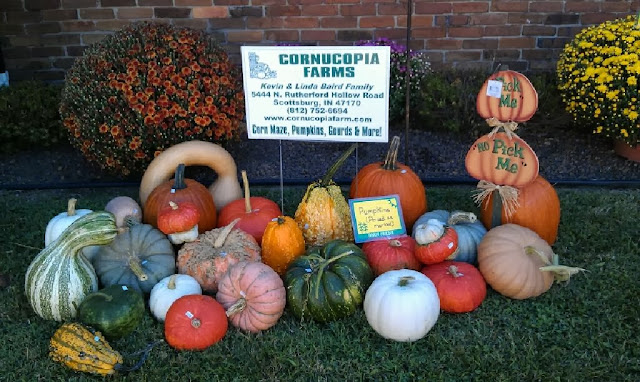Geneva Rawlins is one of 5 District Support Specialists for
the IN State Department of Agriculture- Division of Soil Conservation providing
administrative support and leadership development opportunities for Indiana’s
Soil and Water Conservation Districts.
Ask anyone involved in any capacity within any community
about the successes and struggles of their cause and most likely the common
thread determining success or failure can be traced to leadership. Any
mission is dependent on leaders to envision, strategize and implement a plan
for success, and preserving our natural resources for future generations is no
different. Our local Soil and Water Conservation Districts depend on the
leadership of a Board of Supervisors to be at the forefront of the conservation
movement in order to effectively serve our counties, and the Leadership
Institute is one unique tool designed specifically to teach and challenge our
local natural resource leaders and Soil and Water Conservation Districts.
A series of four workshops build on each other, starting
with defining what leadership is and how our personalities and perspectives
affect how we serve within leadership positions. Following workshops
examine how we may better communicate with and listen to those we serve, and
how Board dynamics effect the effectiveness and success of a Soil and Water
Conservation District. Finally, the Leadership Institute wraps up the
series by discussing how we may further impact our communities through
strategic planning and implementation.
Because each workshop is hosted in a different location, an
evening of networking is usually planned which also gives participants an
opportunity to experience a unique aspect of the local community.
The most recent Leadership Institute workshop was hosted in Lafayette, IN
and Supervisors and Staff from Soil and Water Conservation Districts across the
state participated in a Howl Night at the local Wolf Park, where they were
given limited interaction with the wolves through howling & communicating
with the wolves.
The next Leadership Institute workshop will focus on
communicating and building relationship in your community and with partnering
agencies and other organizations. This workshop will take place Dec 6-7
in Madison, IN, with a Christmas home tour to follow the evening of the 6th.
Please contact your local Soil and Water Conservation District for more
information!
























